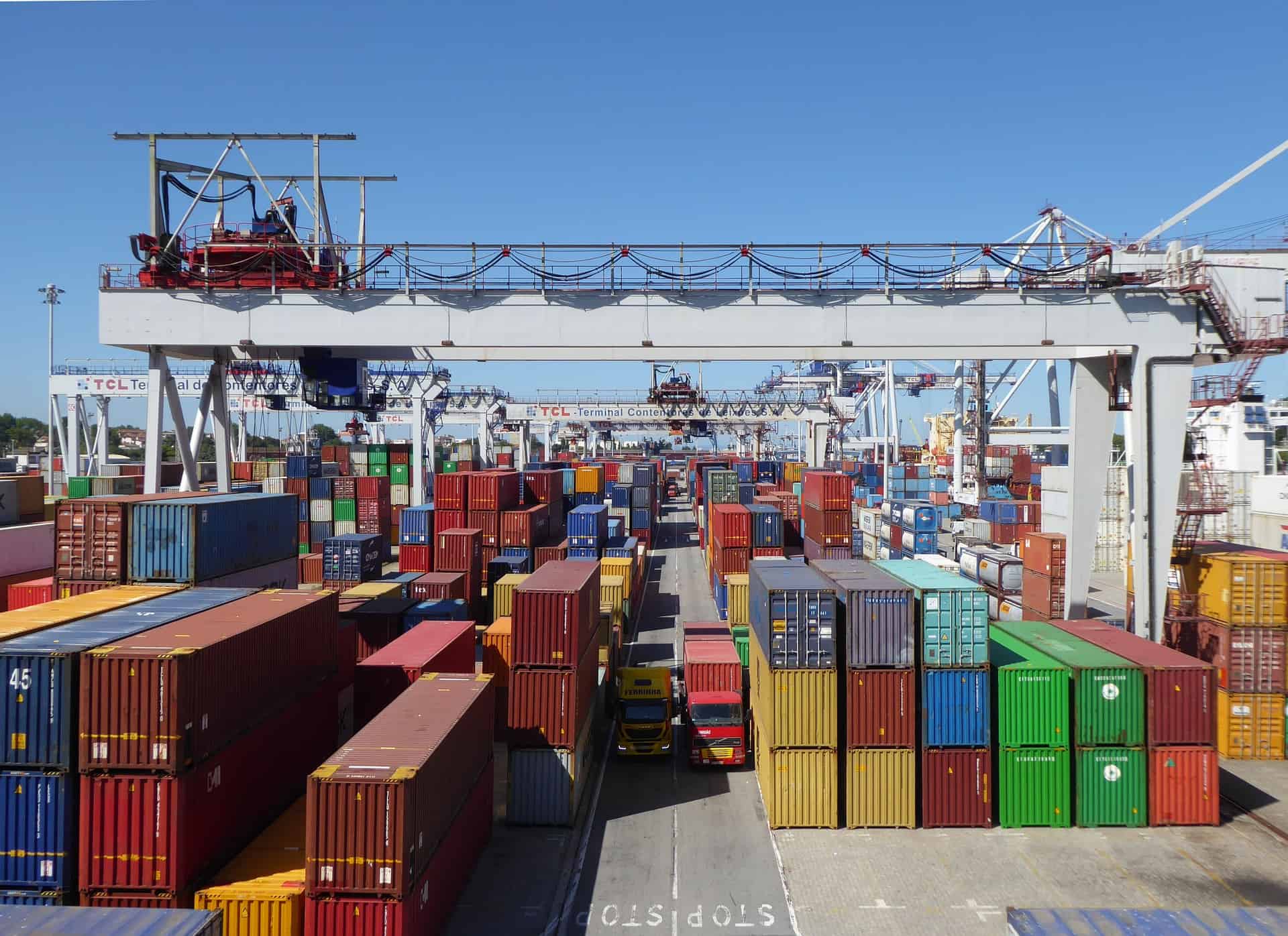The reopening of a crucial terminal at one of China’s biggest ports in late August has provided some welcome good news for the global shipping industry. Even so, U.S. retailers and other major importers are still warning of a difficult Christmas season thanks to the high level of stress in worldwide supply chains.
The Meishan terminal at the Port of Ningbo-Zhoushan in Zhejiang Province — the world’s third busiest container port and a major gateway for Chinese exports of toys, furniture
Subscribe or login to read the rest.
Subscribers get full access to:
- Exclusive longform investigative journalism, Q&As, news and analysis, and data on Chinese business elites and corporations. We publish China scoops you won't find anywhere else.
- A weekly curated reading list on China from David Barboza, Pulitzer Prize-winning former Shanghai correspondent for The New York Times.
- A daily roundup of China finance, business and economics headlines.
We offer discounts for groups, institutions and students. Go to our
Subscriptions page for details.


